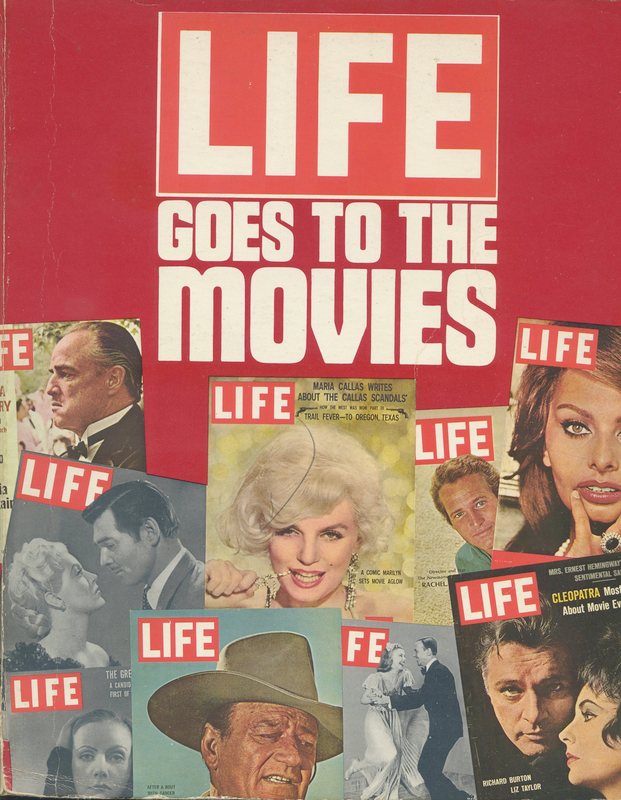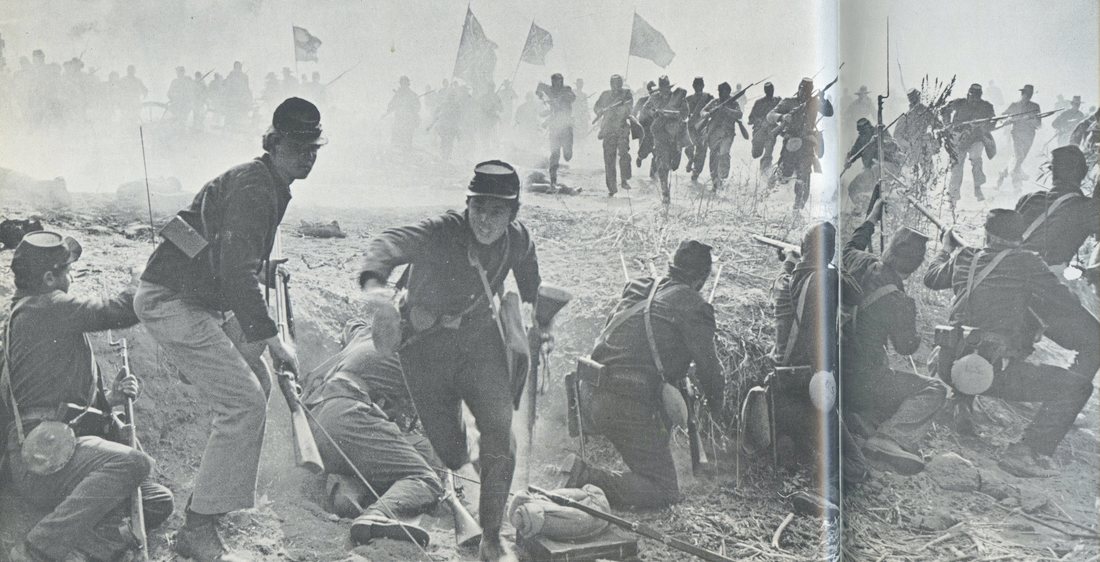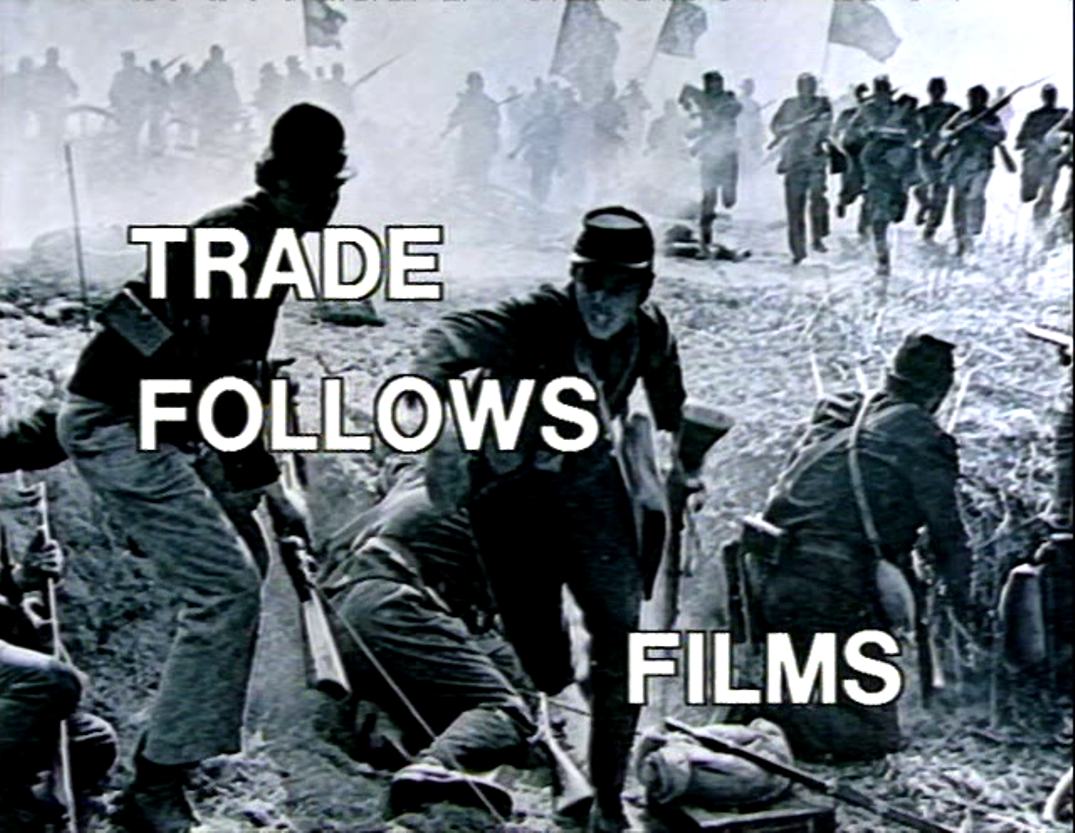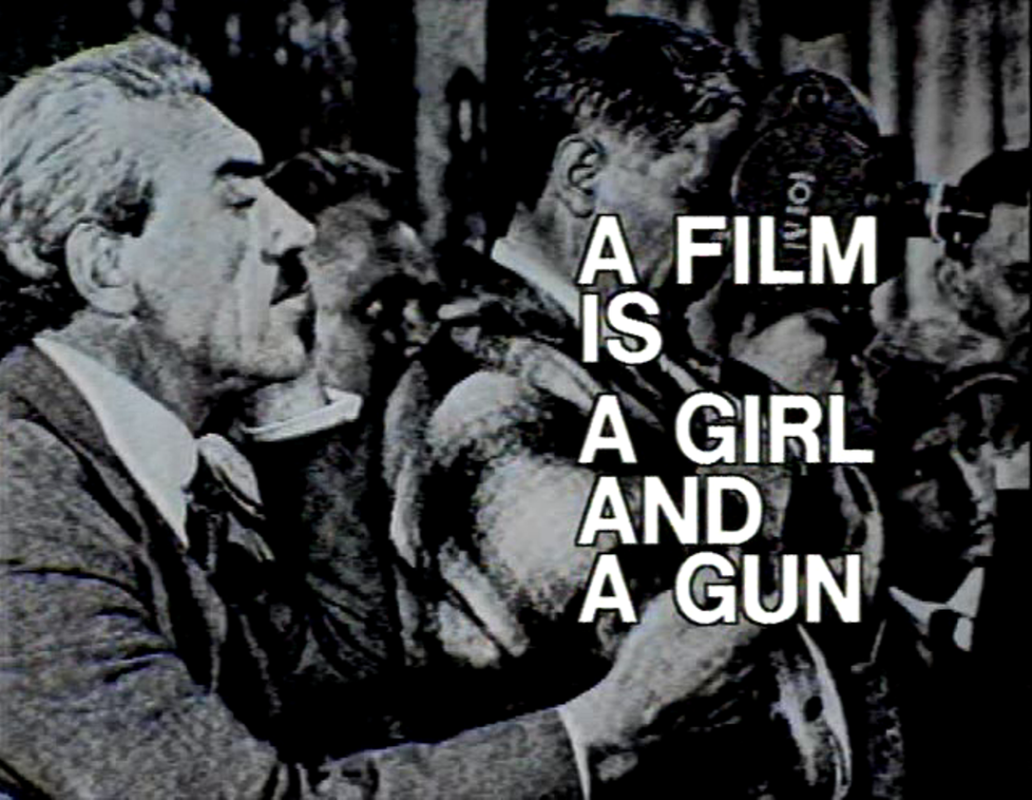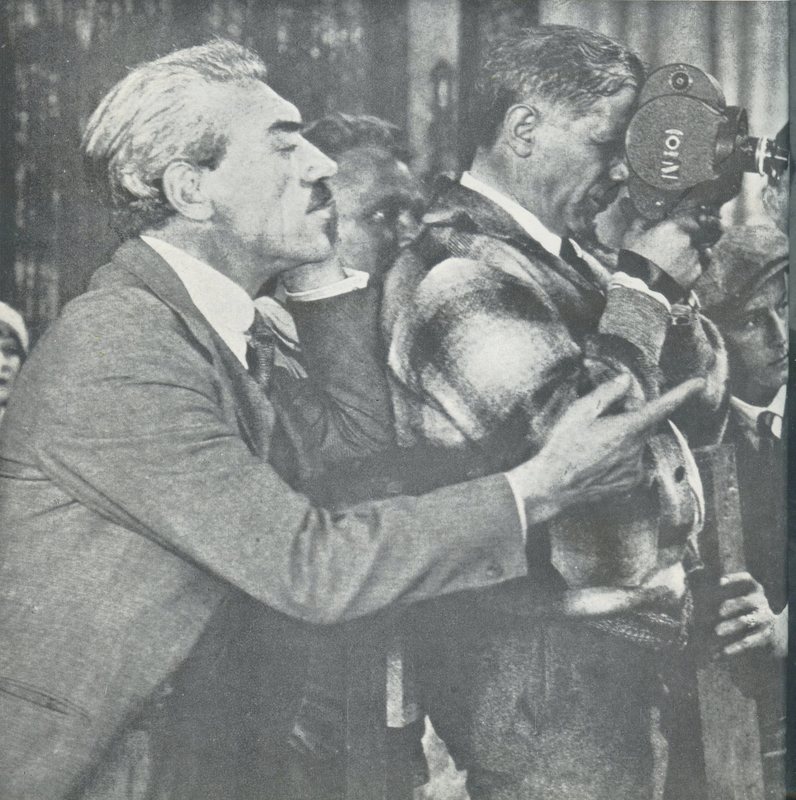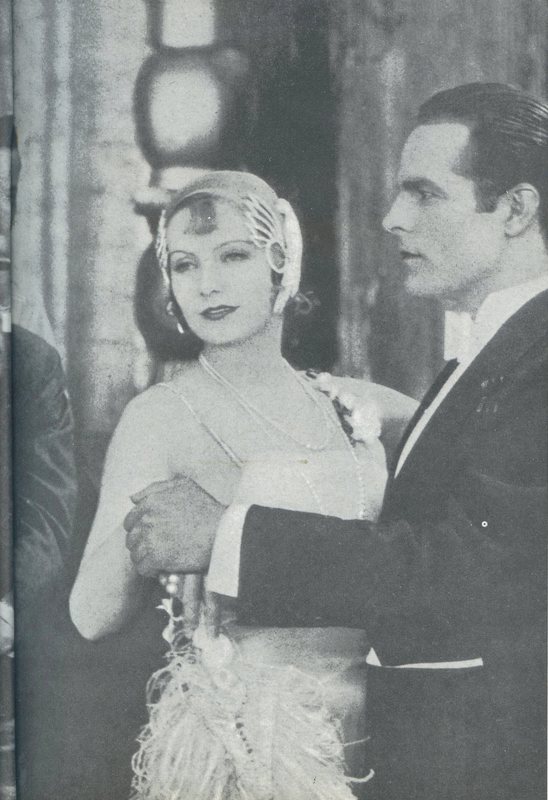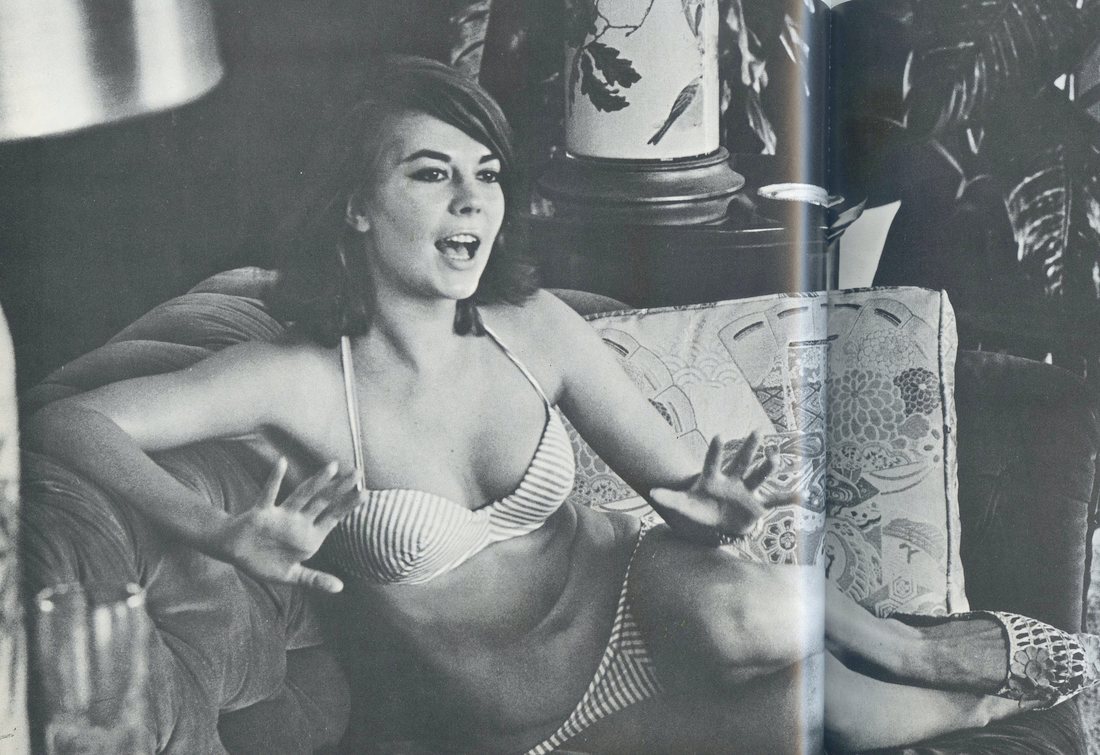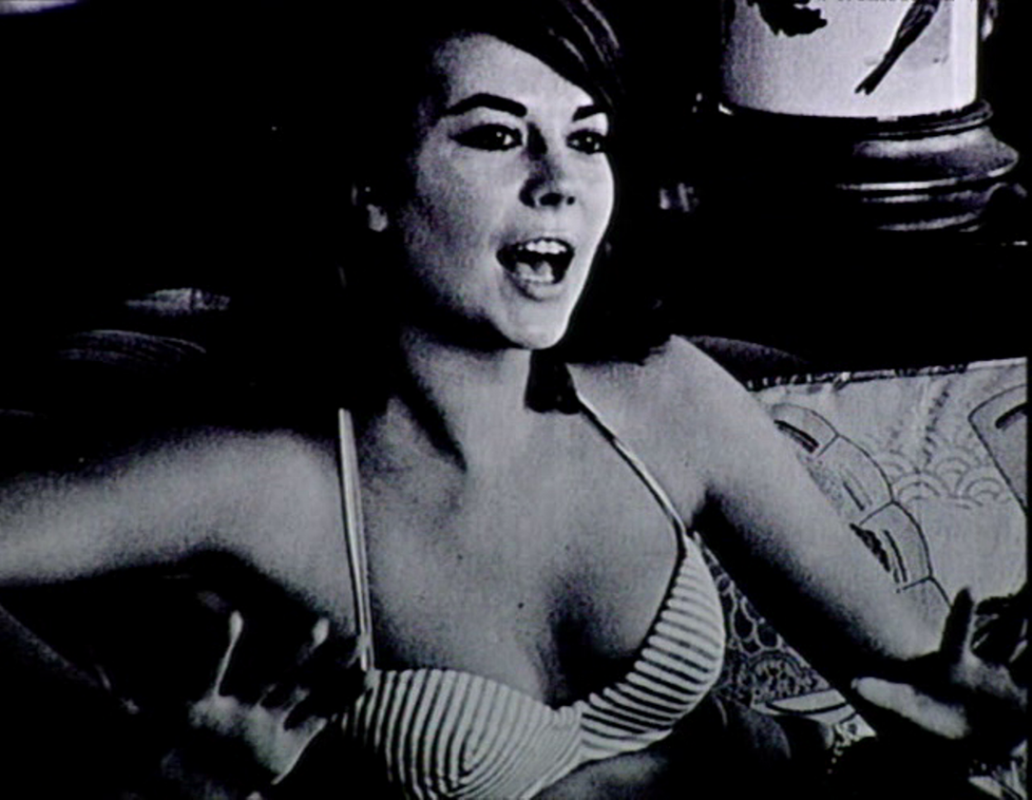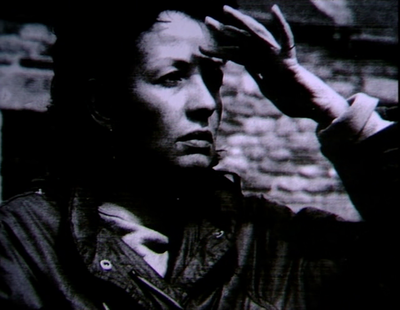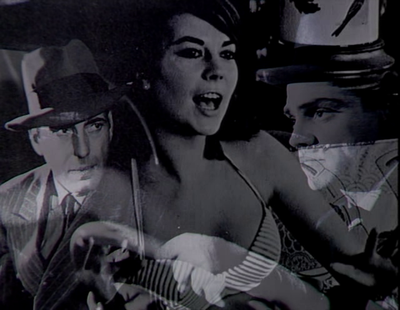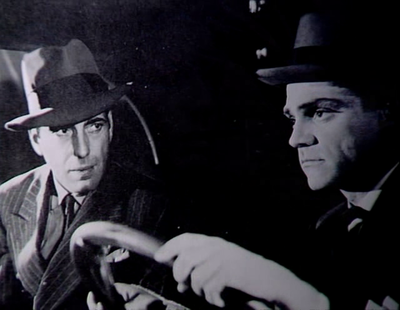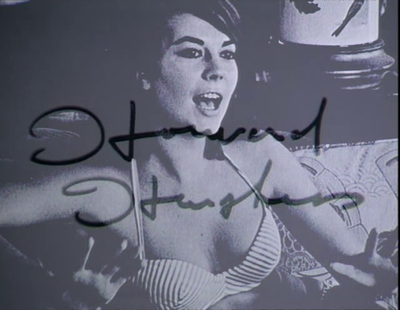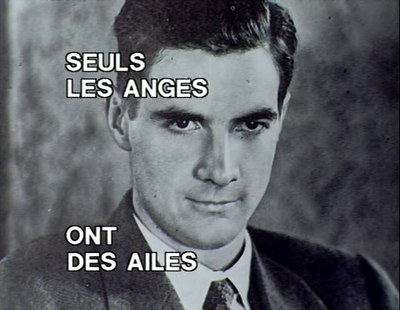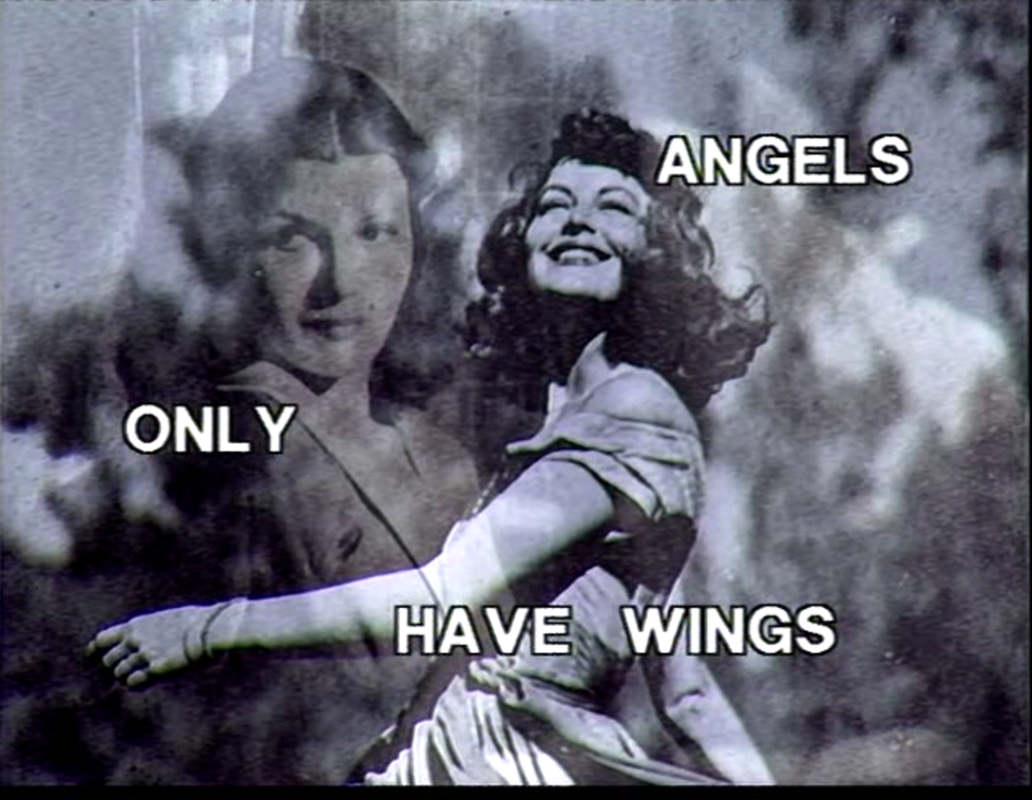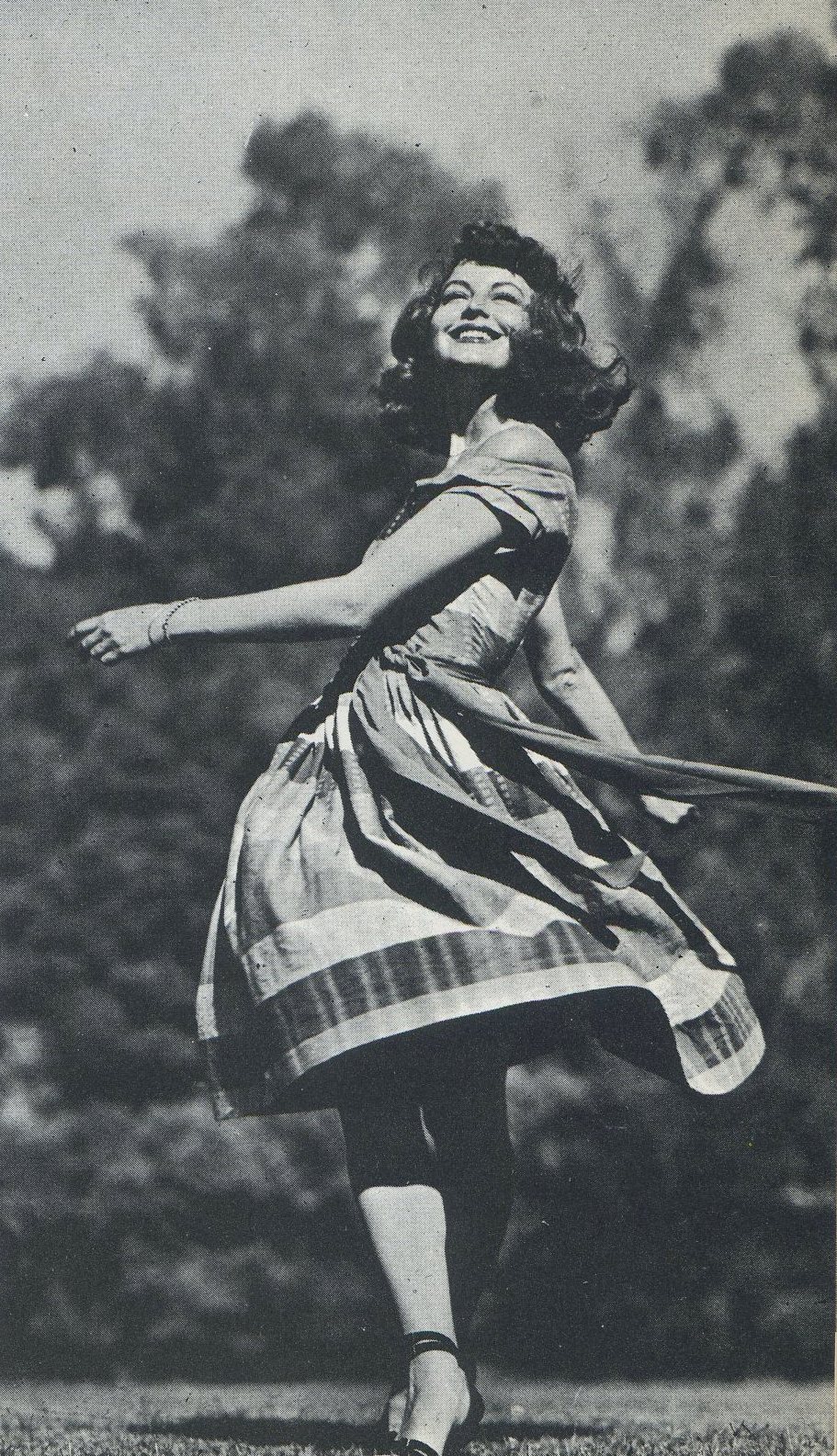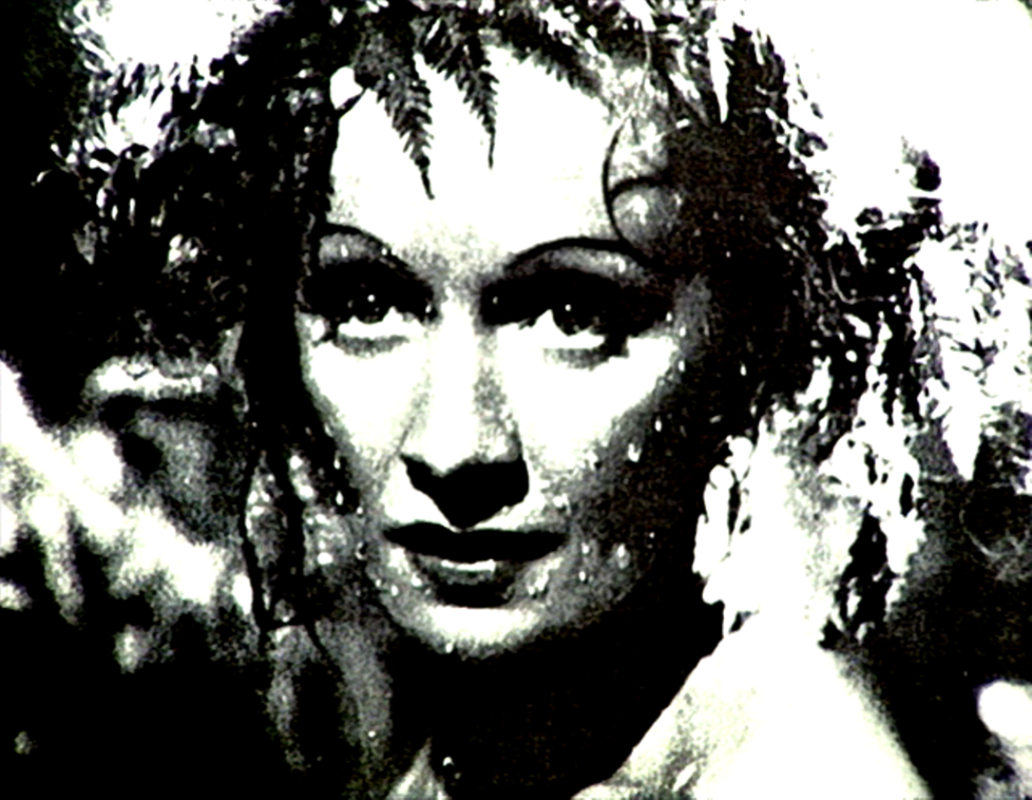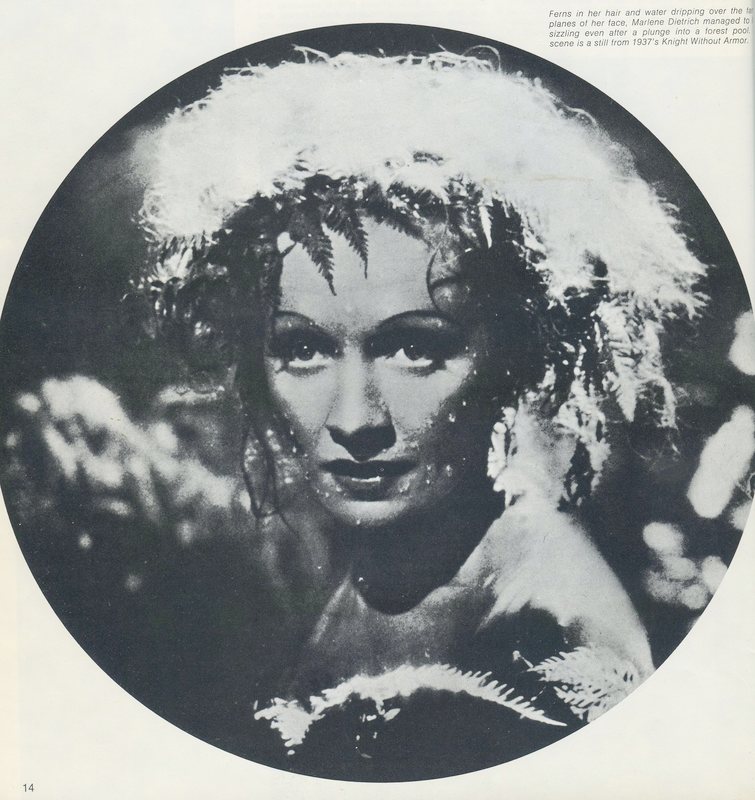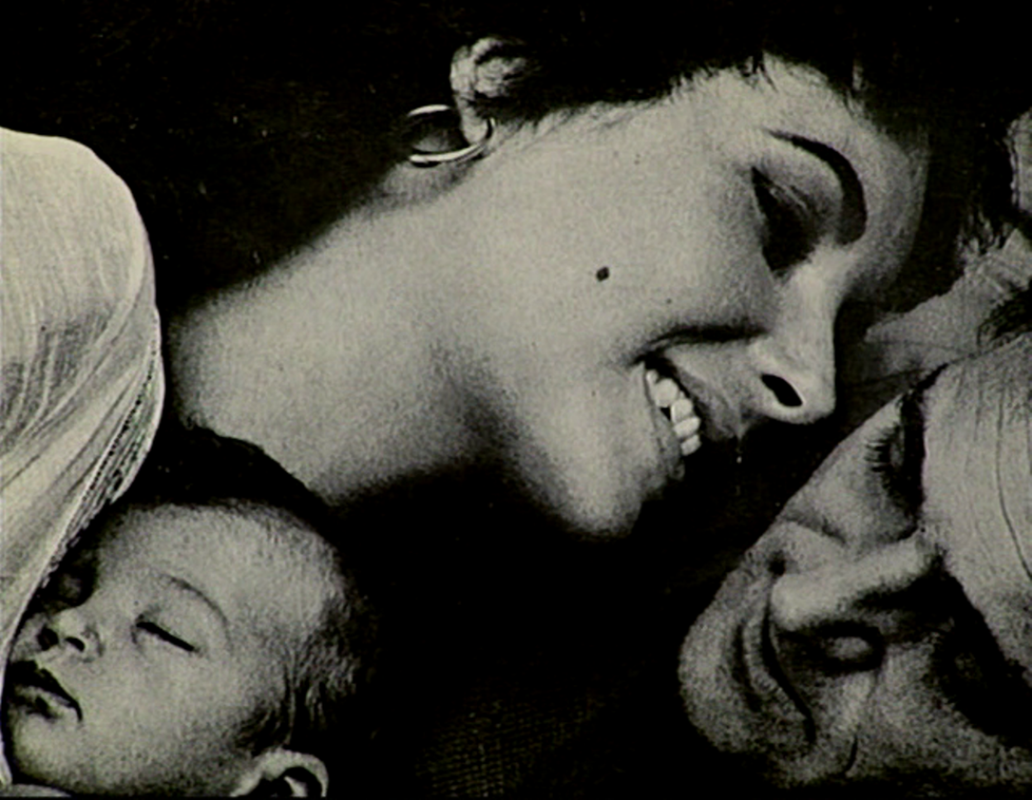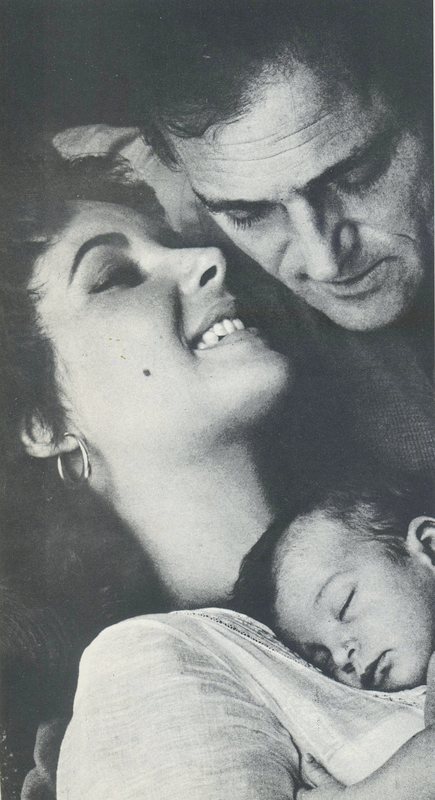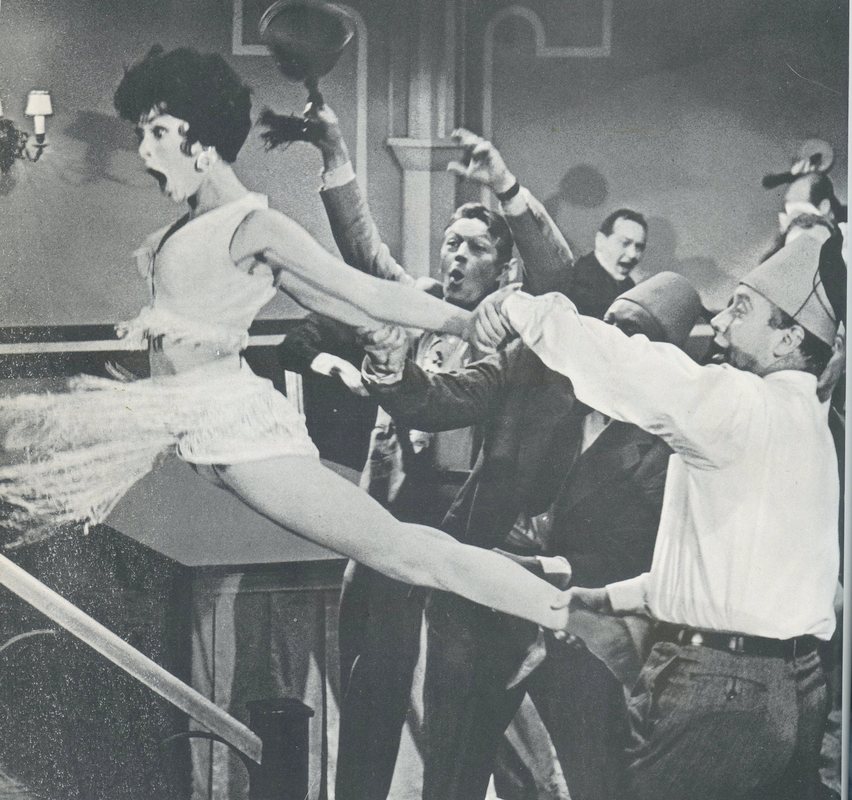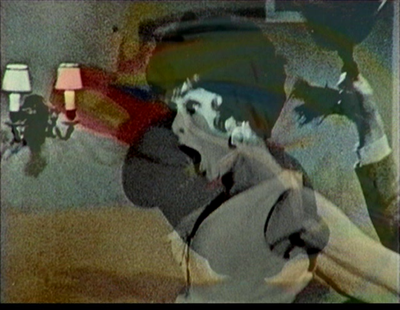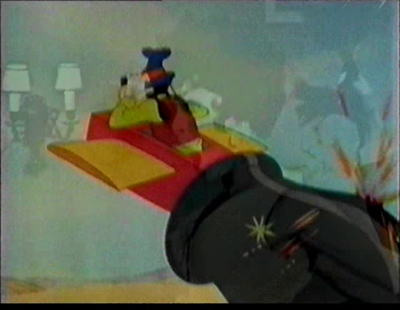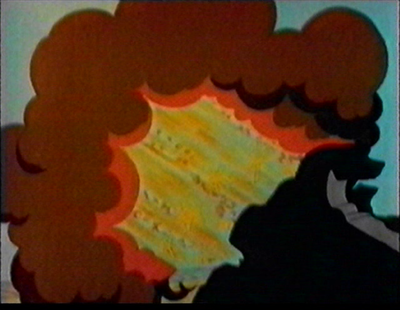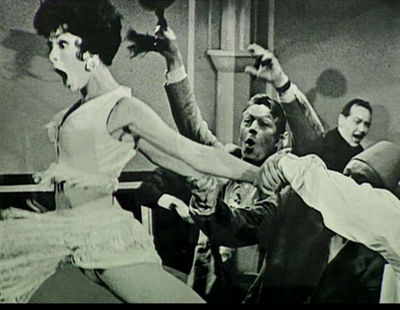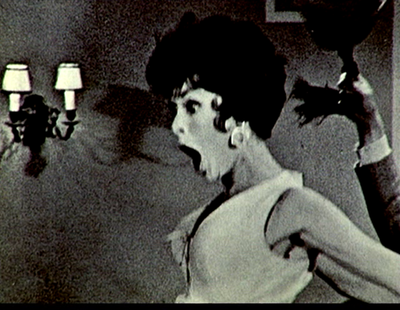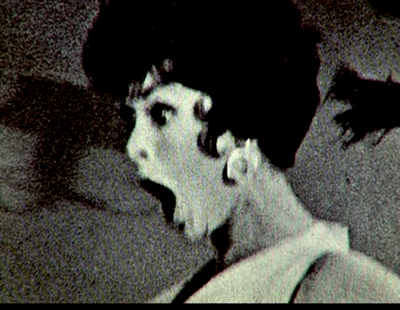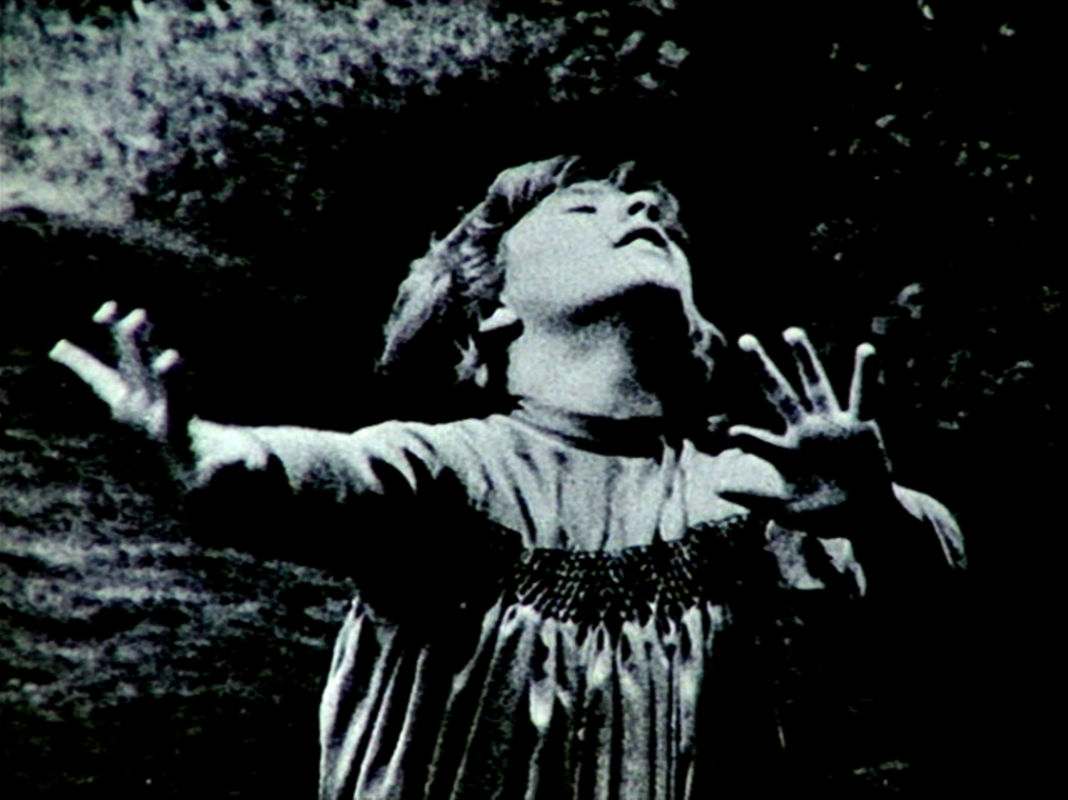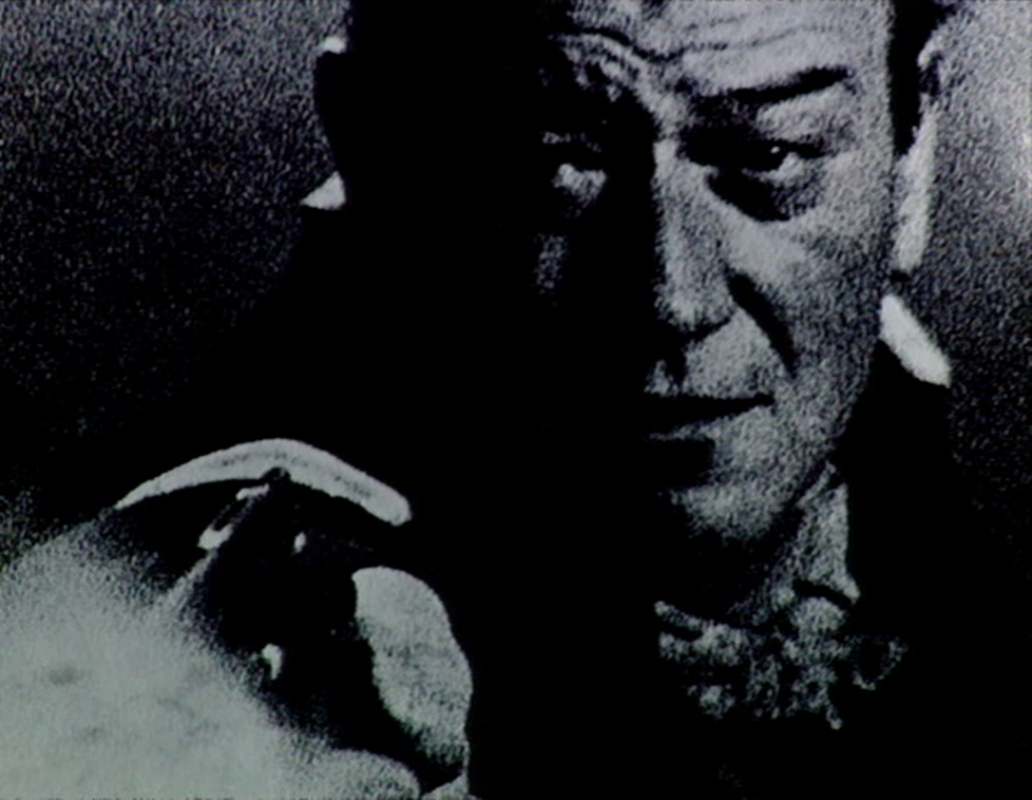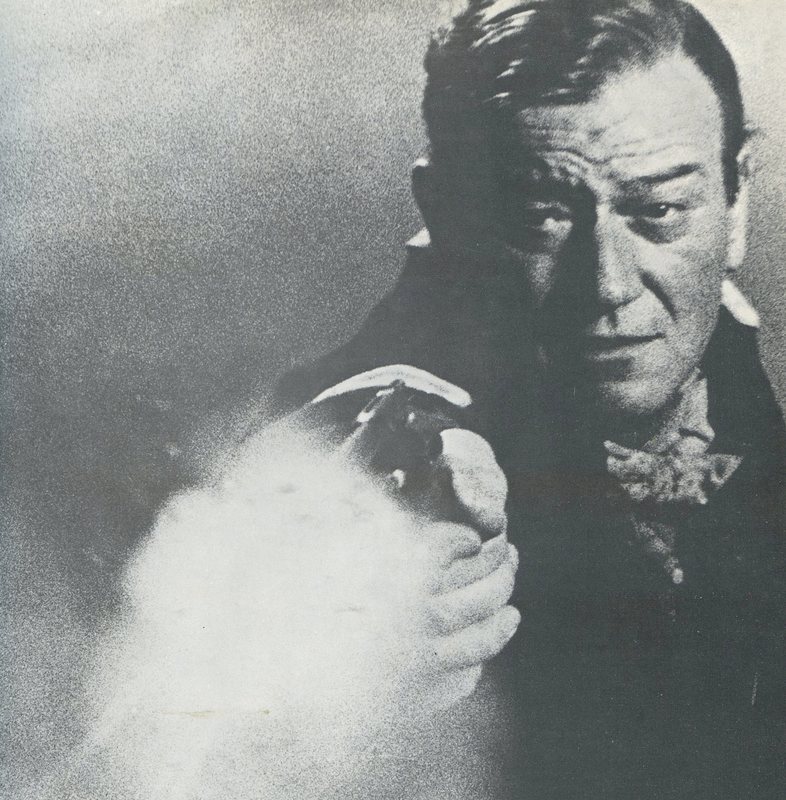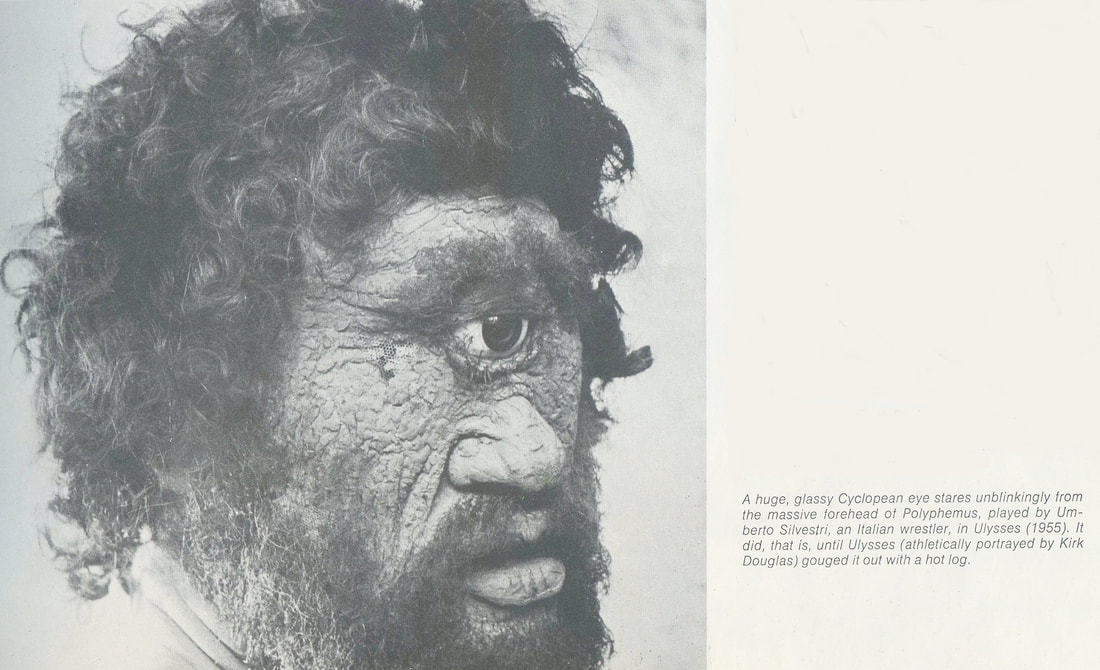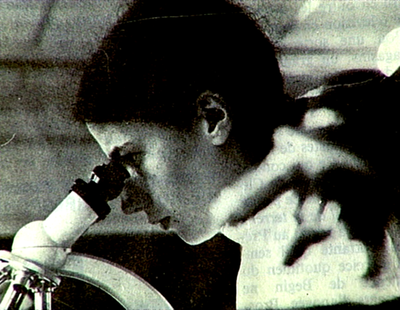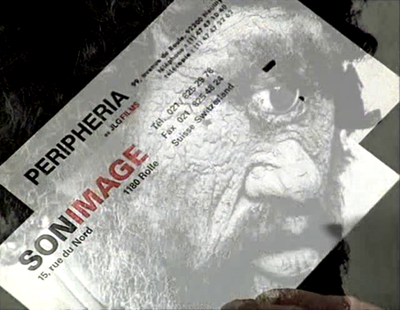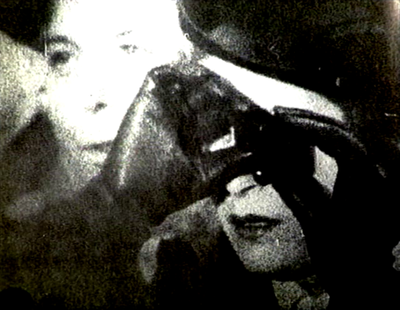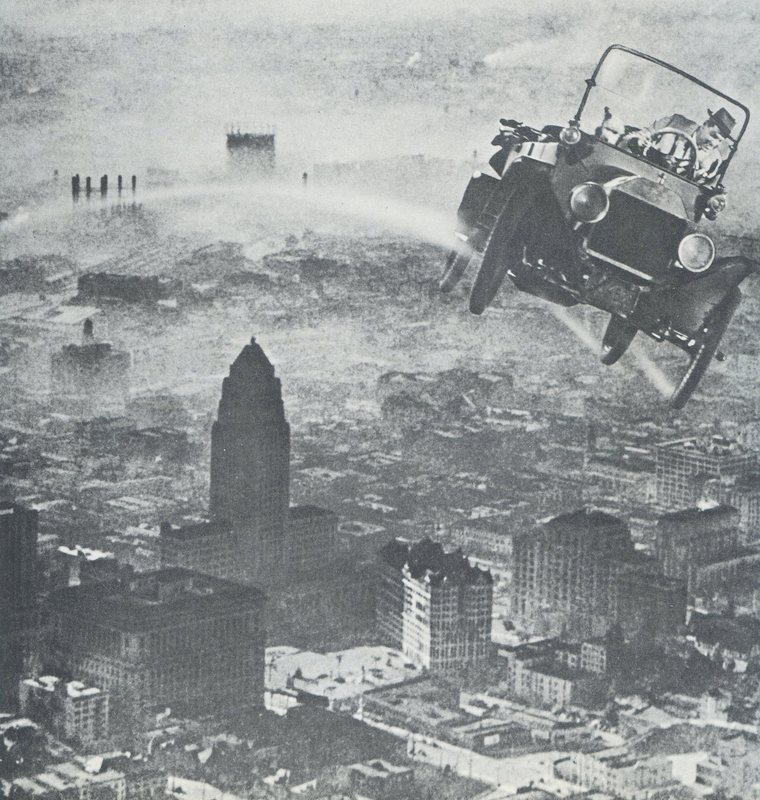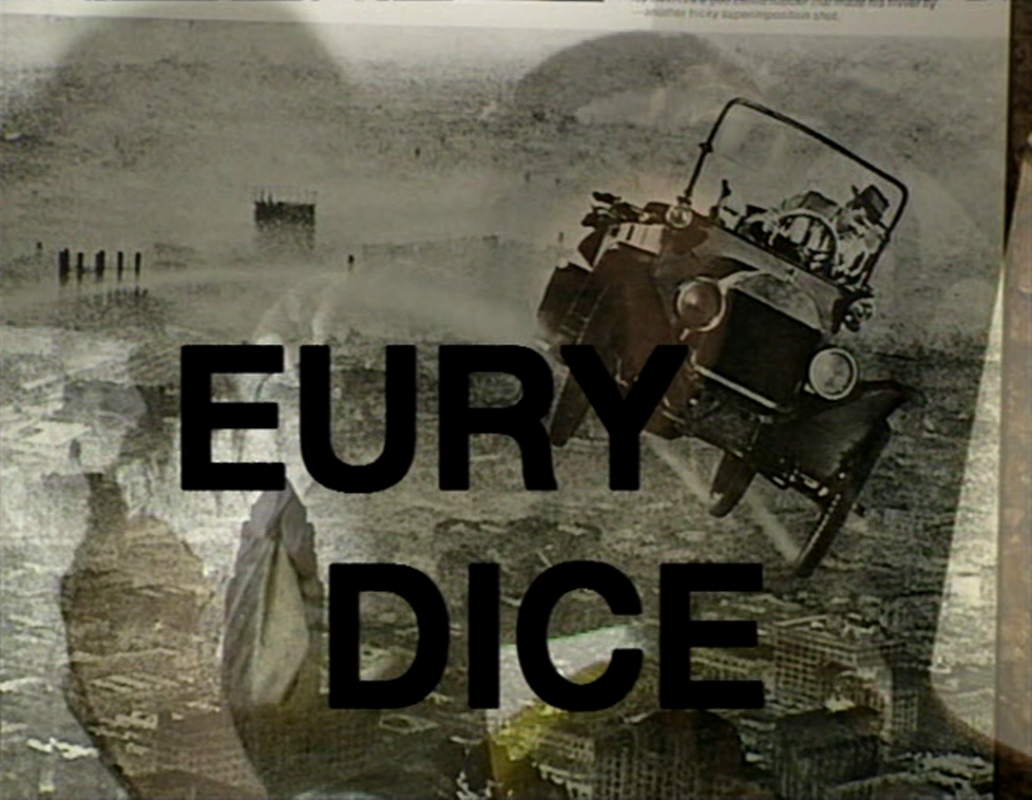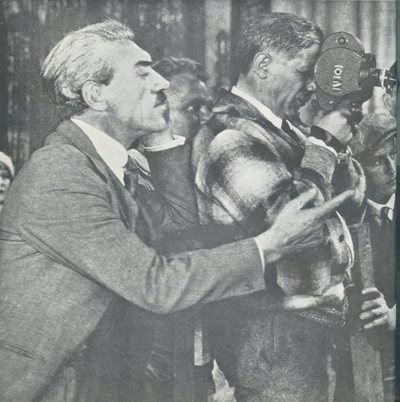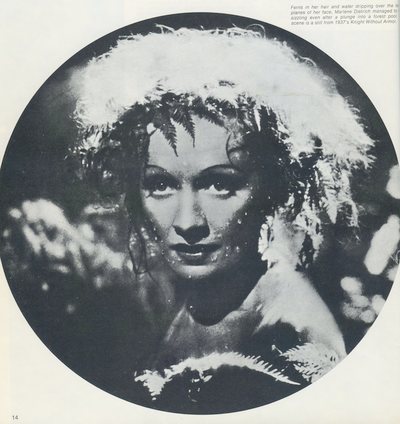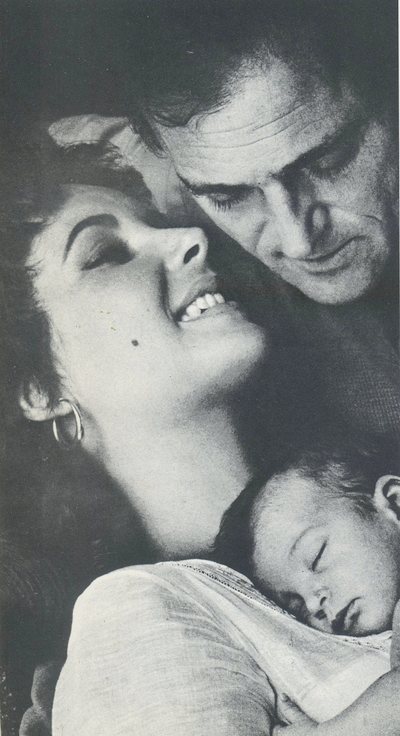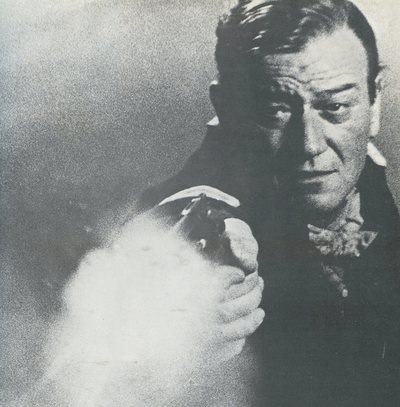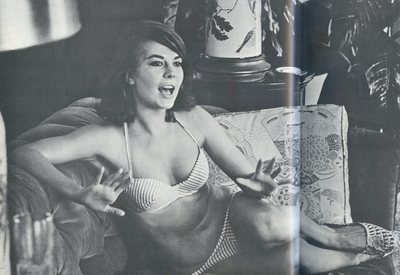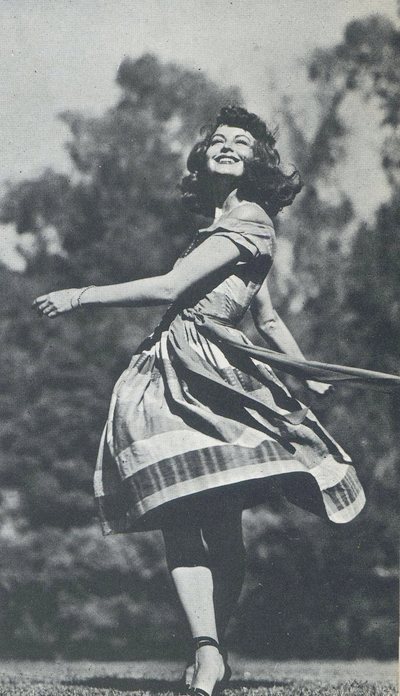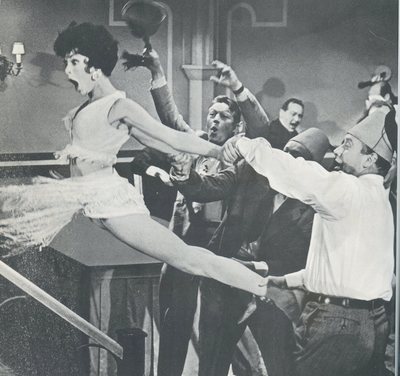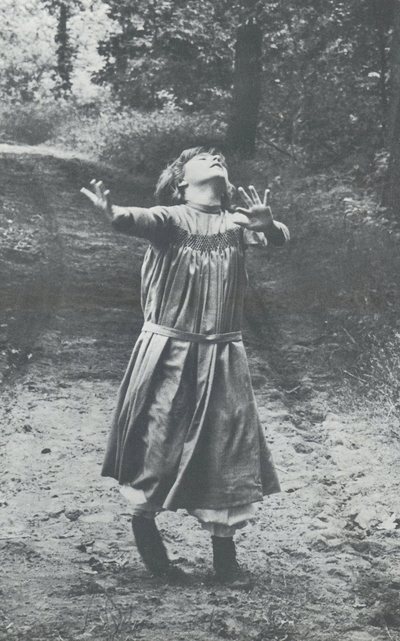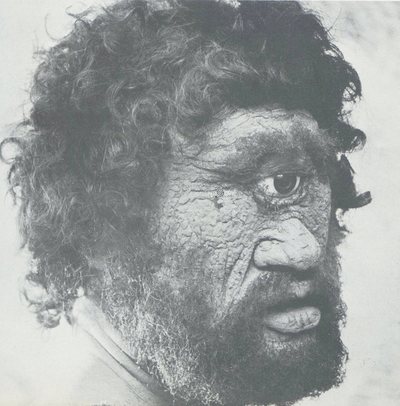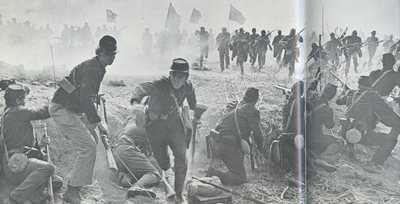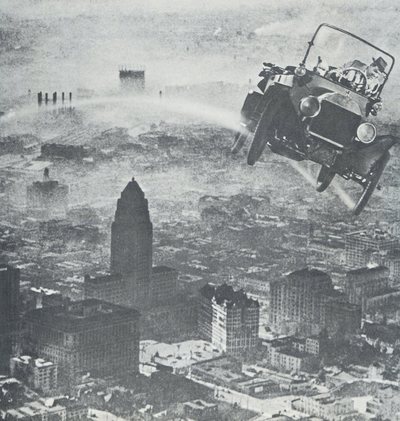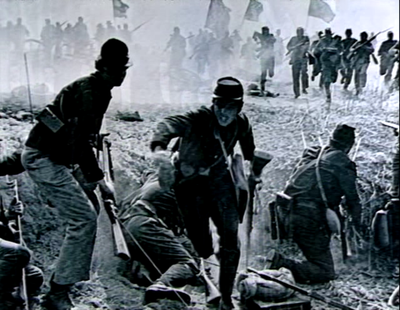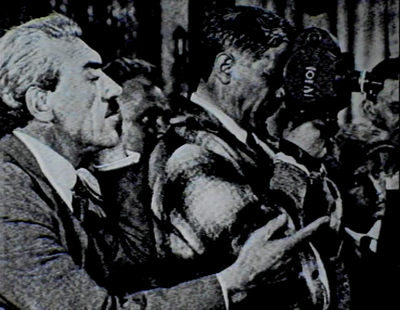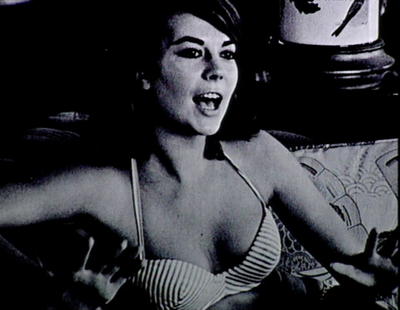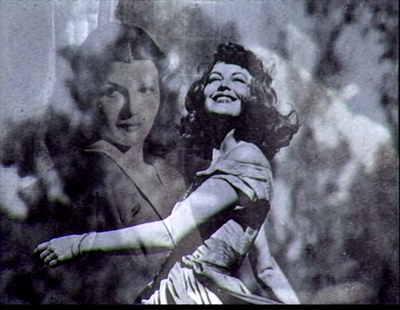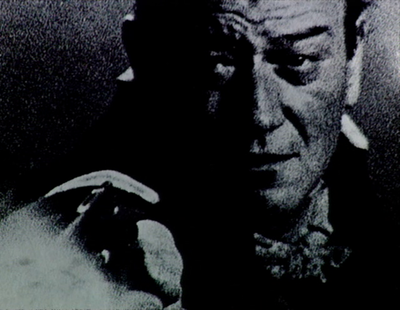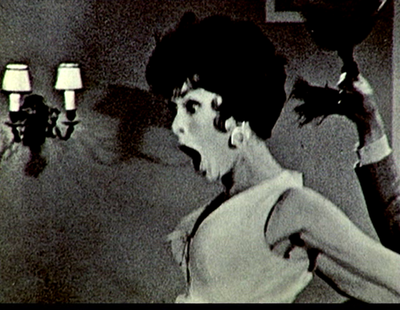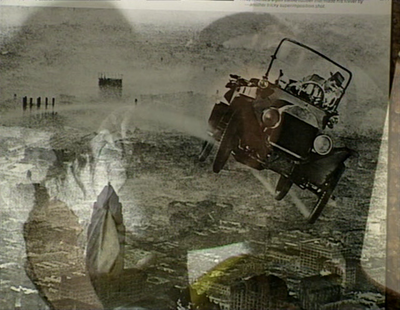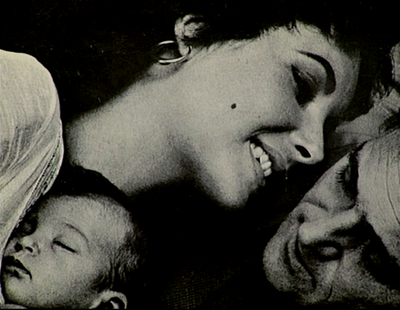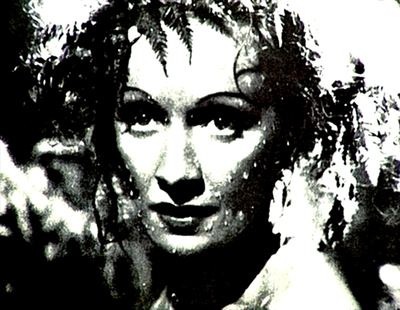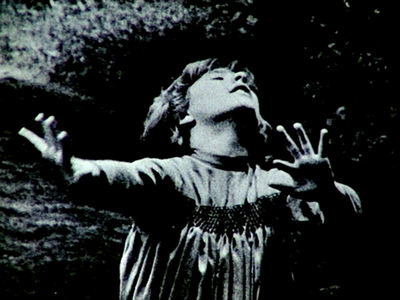I bought this picture book second-hand a few years ago but only just got round to looking through it closely. The first thing I noticed was how many of the pictures were familiar to me from having spent time studying and teaching Godard's Histoire(s) du cinema. I first thought that might just be coincidence - many of the photographs in the book are very famous - but now I am certain that Godard used this book as a source. At least eleven of the Hollywood-related film-stills and portraits in Histoire(s) du cinema are in the Life book, beginning with this still from John Huston's The Red Badge of Courage (1951):
This is in the section on War Pictures, and is accompanied by this description (p.156): 'A frightened farm boy in a Union Army uniform (Audie Murphy) bolts at the sight of charging Confederates. As the recruit in the film from Stephen Crane's classic, Murphy, a true-life war hero, muffed his lines because he couldn't admit to fear - even in a Civil War movie'.
This image appears in a passage of 1A, 'Toutes les histoires', where it is associated with a phrase attributed to Senator MacBridge in 1914:
A few seconds later a phrase attributed to D.W. Griffith is associated with a photograph of Maurice Stiller directing Greta Garbo on the set of The Temptress. The original photograph appears on pages 12 and 13 of the Life book. Godard's cropping of the image removes Garbo:
(See here for the context of Griffith's famous phrase.)
Later in 1A appears a detail from a photograph of Natalie Wood, in a passage about Howard Hughes:
That looks like Ava Gardner in the first image above, and she reappears a few minutes later, superimposed on Rita Hayworth and with the title of a Hughes-produced film as commentary:
Three more female stars from the Life book appear in later parts of Histoire(s) du cinema. Marlene Dietrich is instantly recognisable when she appears in 3A, 'La Monnaie de l'absolu':
Whereas the woman with child and man here in 2B, 'Fatale Beauté', has, as far as I know, not been recognised hitherto by Histoire(s) du cinema enthusiasts:
The comment in the Life book reads as follows:
'When LIFE ran this Toni Frissell portrait of Elizabeth and Mike Todd with their new baby, Elizabeth (called Liza), in 1957, mamma Liz already had two sons by her previous husband, Michael Wilding.'
Godard has turned the photograph on its side; in the right way up version Elizabeth Taylor is, strangely, easier to recognise.
'When LIFE ran this Toni Frissell portrait of Elizabeth and Mike Todd with their new baby, Elizabeth (called Liza), in 1957, mamma Liz already had two sons by her previous husband, Michael Wilding.'
Godard has turned the photograph on its side; in the right way up version Elizabeth Taylor is, strangely, easier to recognise.
This image of Janet Leigh being 'swung aloft with the help of friends' is from Bye Bye Birdie (George Sidney 1963):
In Histoire(s) du cinema 2A, 'Seul le cinéma', Godard associates it with a different kind of projection, from the Disney film Goofy's Glider (1940). The intertextual link with Bye Bye Birdie is the song Goofy sings before taking off: 'Bye, bye, boom bye de bye, here goes my glider and I, bye bye':
In Histoire(s) the image of Janet Leigh is progressively cropped, a stilted zoom effect that suggests the contrary of projection:
All of the images Godard takes from Life are cropped. Here is Patty Duke as Helen Keller from The Miracle Worker (Arthur Penn 1962):
And here is John Wayne from John Ford's The Horse Soldiers (1959):
Several of these stills become close-ups when inserted into Histoire(s). The image of Polyphemus that appears in a section on vision at the beginning of 2A was already a close-up when it appeared in the Life book:
At the other end of the spectrum is this still from The Absent-Minded Professor (Robert Stevenson 1961), super-imposed by Godard on film of Julie Delpy reading Baudelaire's 'Le Voyage':
Here is the proof that Godard used Life Goes to the Movies as source for at least some of these images. Though he crops the bottom of the image he leaves visible some text above it, and we can see that this is text from the Life book:
Though the phrase in Histoire(s) du cinema is impossible to decipher, I like to think that we are being surreptitiously invited to think of Godard as a maker of 'tricky superimposition shots'.
Here are the eleven images from Life Goes to the Movies that I have found in Histoire(s) du cinema, firstly in the order in which they appear in the book and then in the order in which they appear in Histoire(s):
